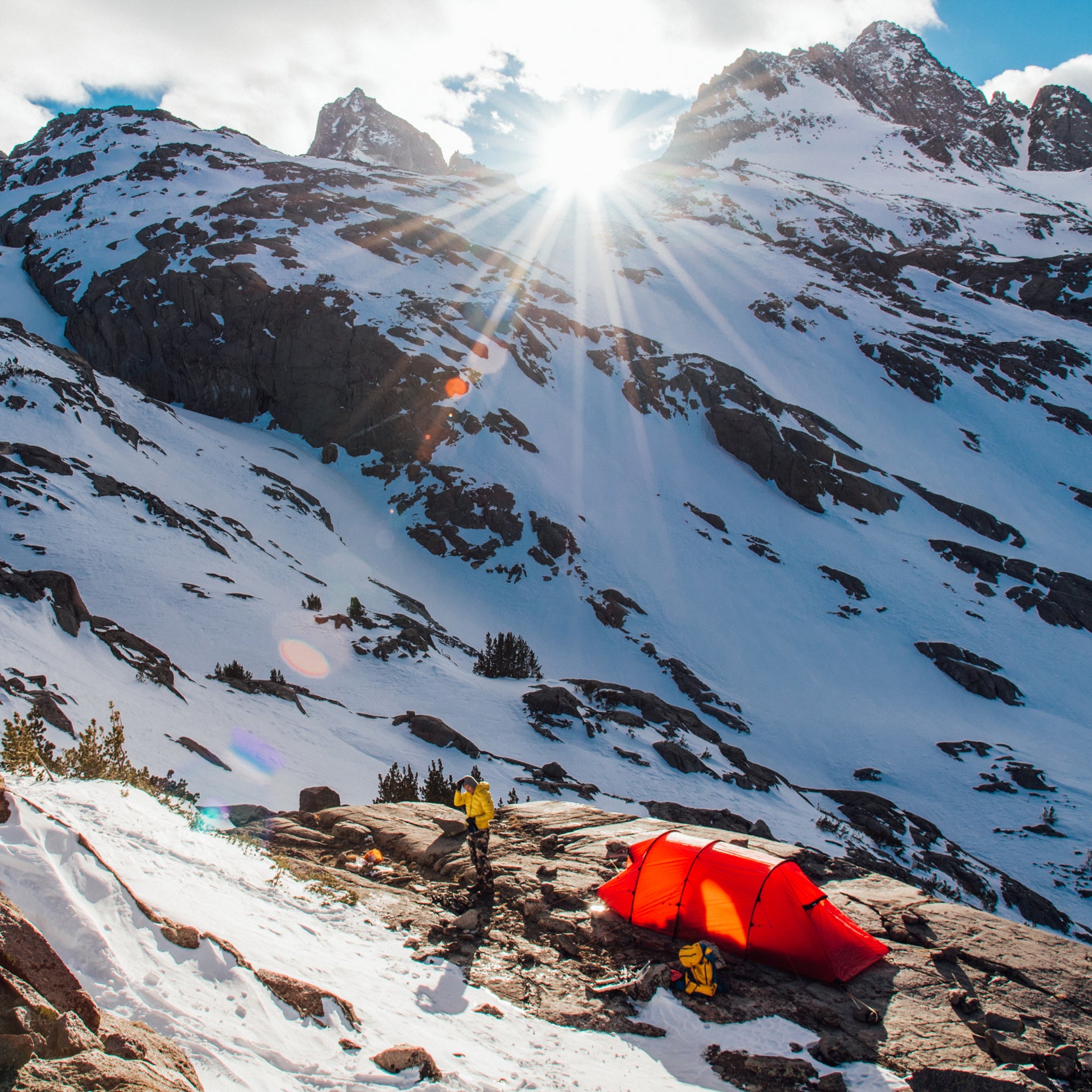If you’ve ever seen pictures of an Antarctic expedition, chances are you’ve seen a Hilleberg. The tents have a reputation for being some of the lightest, burliest shelters on the market, and they’re used on expeditions around the world. But you don’t have to travel to the ends of the earth for a good reason to use one. We put the through its paces right here in the Sierra Nevada. How did it stack up? We break it down.
What Is It?
The Nammatj 3 GT is an 8.8-pound (packed weight) three-person, all-season tent designed to be super durable, lightweight, and maximize storage space.��It’s tunnel-style design has a single-entrance, which is basically an extended vestibule with plenty of room for stashing gear or setting up a cook station.
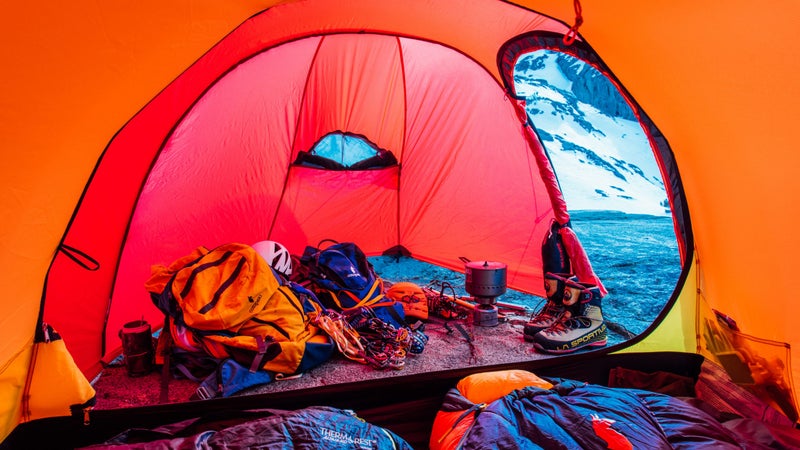
Who’s It For?
Do you and your two friends often find yourselves exploring in harsh conditions while carrying lots of gear? Check out the Nammatj 3GT, which averages just over four pounds per person when split between a couple. And its massive vestibule keeps extra gear out of the weather without cluttering the main living compartment.
Design
The Nammatj’s tunnel-style design is unlike that of most other all-season tents. Its steep walls prevent snow-loading and maximize the space-to-weight ratio. The single entrance also saves weight and makes for easy access to the interior.
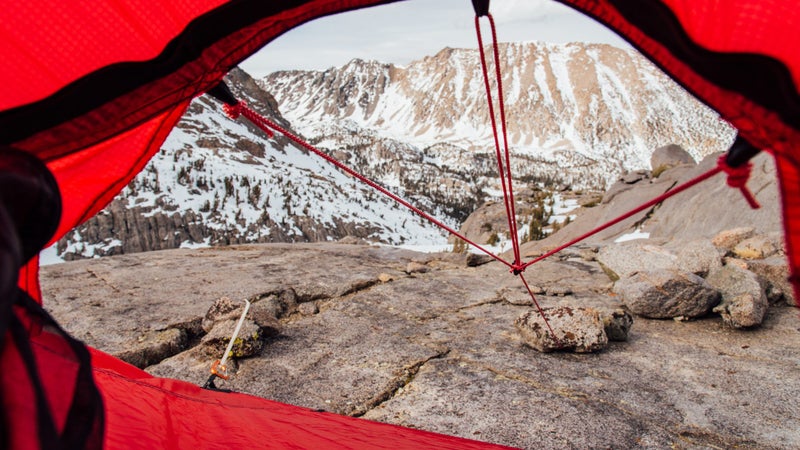
Durability
While the Nammatj’s tunnel-style design isn’t as strong as Hilleberg’s heavier Saivo dome-style tent, it's definitely built to withstand extreme conditions. The outer body uses Kerlon 1800 fabric—which is an abrasion-resistant, UV-treated, 40-denier ripstop nylon, with a hydrostatic head (a way of measuring a fabric’s water resistance) of 3,000mm. For comparison, similar mountaineering tents are rated to half that water resistance.��The tent’s bathtub floor uses a tougher 70-denier nylon with a hydrostatic head of 10,000mm to ensure campers stay dry even during big downpours.��
For its Black Label tents, including the Nammatj, Hilleberg utilizes pre-curved 10mm DAC Featherlite NSL poles—some of the lightest and strongest ones on the market.��
When combined, these features add up to create a tent that's ready for just about any weather, as well as prolonged use in harsh environments.
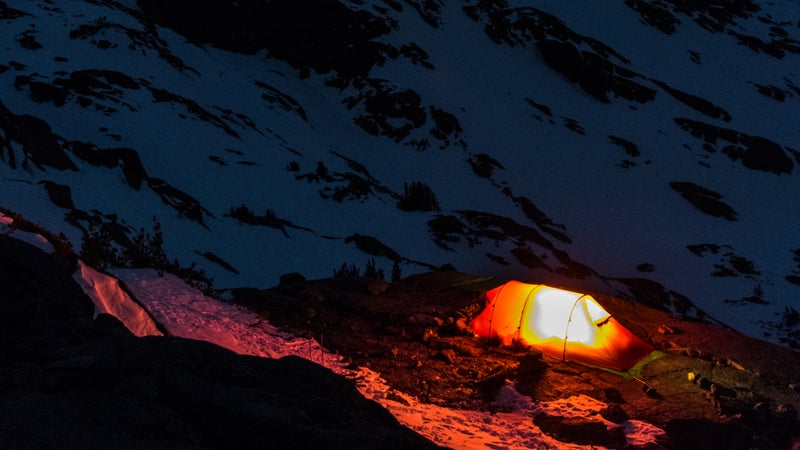
Using It
The first thing I observed was how easy the Nammatj is to set up. The inner and outer tents (including the extended vestibule) are linked, while three identical poles support the structure. The outer tent also comes pre-guyed with quick adjusting lines, making the task of guying out (for added stability in poor conditions) straightforward.
The tent's vestibule is accessed via a door on the side of the vestibule. A removable screen door provides added ventilation and light in good conditions. Alternately, the storm door can be closed when conditions deteriorate.��A single large door spanning the Nammatj’s entire width affords access to the inner tent. It's big enough to let campers enter and leave without stepping over each other.
Admittedly, we only ever tested the Nammatj with two people (myself, at 5’6”, 145 pounds, and my climbing partner, at 6’4” and close to 200 pounds).��With our bulkily winter-rated sleeping bags, there was still ample room inside the inner tent for both of us and our gear. We could easily have added a third person, and stashed our stuff in the vestibule.��
Because the wide door opens directly into the vestibule, it made cooking from the tent, aka “breakfast in bed,” easy. The vestibule door (as well as a large vent) provided plenty of airflow, making it reasonably safe to light up the stove.��
About that airflow. The Nammatj has two main vents, one on each end, which act as large air scoops—effectively circulating air throughout the structure. These vents were extremely efficient at moving moisture—we had zero issues with condensation buildup, frozen, or otherwise. The vents can be opened, closed, or screened, depending on conditions.��
Eight guylines made for excellent stability even in high winds—at no time did the tent buckle or show any signs of weakness. The guylines were pre-rigged and feature quick adjusters to increase or decrease tension.
Interior features include two storage pockets for items such as a headlamp, map, or other small items, as well as a clothesline that runs along the ceiling for hanging items to dry.
Though the three-person Nammatj is relatively lightweight compared to other similarly capable expedition tents, its load can only easily be distributed between two, not three, people. Because the inner and outer tents and linked with the vestibule, you can't divvy up the weight among three packs: one person's stuck with the tent body, the other's stuck with the poles and stakes.��
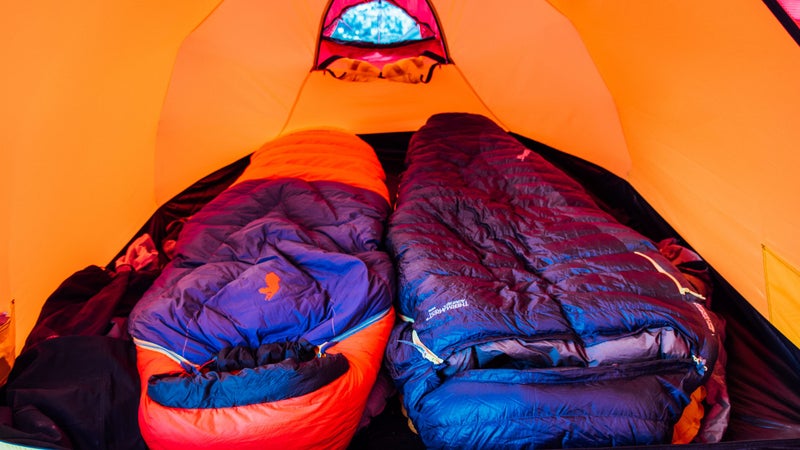
Likes
- Bomber weather protection even in extreme alpine conditions.
- Extended vestibule is great for gear storage and cooking.
- Linked inner and outer tents make for fast pitching.
- Great ventilation prevents condensation buildup.
- A great balance of weight, weather protection, and livability.
Dislikes
- At $970, it’s very expensive.
- It’s not as light as similarly sturdy minimalist shelters.
- Linked inner and outer tents make for fast pitching, but don’t allow for weight distribution among a party of three.
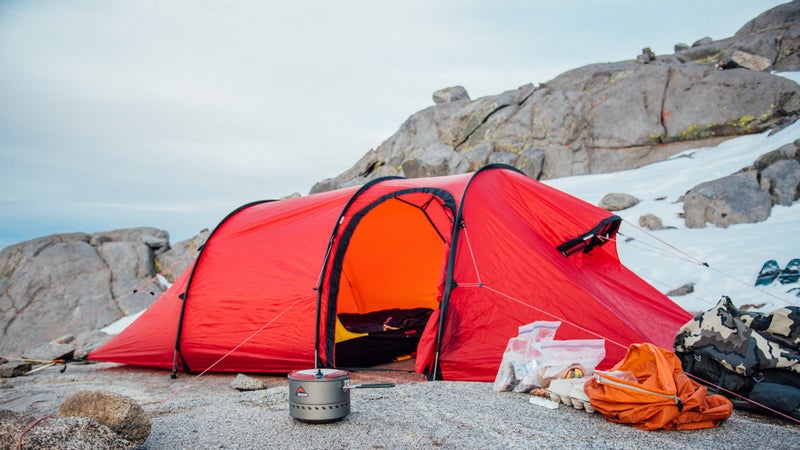
Should You Buy It?
At $975, the Hilleberg Nammatj 3GT is an expensive, but highly versatile, purpose-built tent. It excels at what it was designed to do, namely provide a warm, dry shelter for campers tackling inhospitable environments. If you seek a mountaineering tent that balances durability, light weight, and living space, the Nammatj 3GT will not disappoint.
However, when compared to all-season minimalist shelters like the similarly priced, equally capable 2.4-pound ($675) and ($375), which use incredibly strong, lightweight, and waterproof Dyneema Composite Fabrics—the Nammatj 3GT’s weight advantages don’t stack up. to find out why.��


